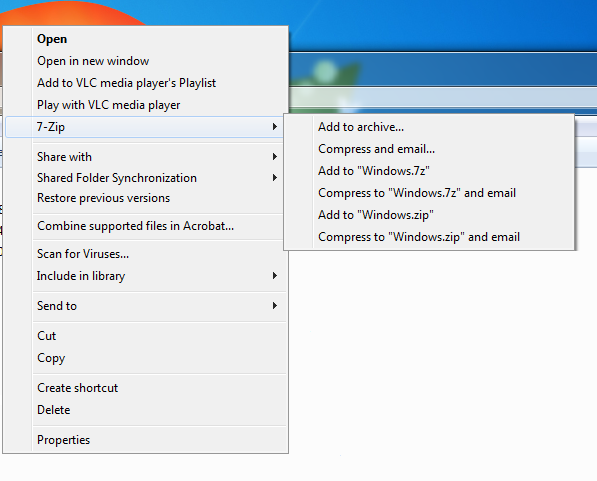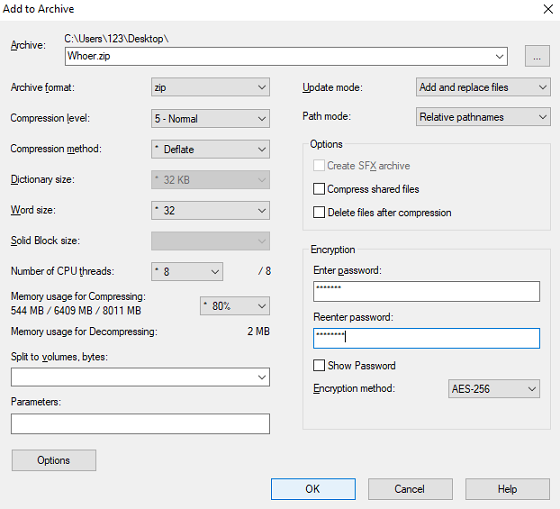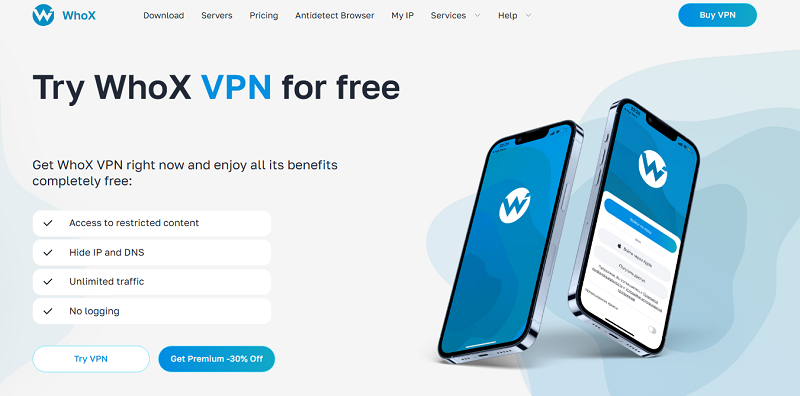Whether you’re sharing sensitive files over email or storing confidential documents on your PC, protecting your information is essential. A simple and effective way to do this is by password-protecting your ZIP files. In this guide, we’ll show you how to securely encrypt ZIP archives on both Windows 10 and Windows 11, keeping your data safe from unauthorized access.
Best VPN – Stay safe and private! Get 10% Off with Code WELCOME
Why password-protect ZIP files?
ZIP archives are a convenient way to compress and bundle multiple files. However, without encryption, anyone can open and view their contents.
Adding a password ensures that only individuals who know the correct password can access your data — an important safeguard for sensitive or private information.
Choosing the right tool
Neither Windows 10 nor Windows 11 includes a native option to password-protect ZIP files.
To encrypt your archives securely, you’ll need a third-party tool.
One of the most reliable and free solutions is 7-Zip. It supports AES-256 encryption, one of the most secure encryption standards available, ensuring your files remain private.
How to password-protect a ZIP file on Windows 10 or 11
-
Download and Install 7-Zip
Visit the official 7-Zip website and download the version compatible with your Windows system (32-bit or 64-bit).
After downloading, install the program by following the on-screen instructions. -
Compress and Encrypt Your Files
- Right-click on the file or folder you want to protect.
- Select 7-Zip → Add to archive…

- Under Archive format, choose zip.
- In the Encryption section, enter a strong password and select AES-256 as the encryption method.

- Click OK to create your encrypted ZIP file.
Your new ZIP archive will now require a password to open or extract its contents on both Windows 10 and Windows 11.
Creating strong passwords
Your password is the only key to your encrypted files — make sure it’s strong and unique.
Use a mix of uppercase and lowercase letters, numbers, and special characters. Avoid predictable passwords like birthdays or simple words.
To keep them safe, use a reputable password manager.
Sharing passwords securely
If you plan to share your encrypted ZIP file, don’t send the password in the same email or message.
Instead, use an encrypted messaging app or secure email platform to share the password separately.
This ensures your data remains protected even if the file is intercepted.
Other ways to protect your data
Using Windows’ built-in encryption
Both Windows 10 and Windows 11 include the Encrypting File System (EFS) for encrypting local files and folders.
While it provides decent protection for on-device data, it doesn’t apply to ZIP files and isn’t ideal for securely sharing files with others.
Adding an extra Layer of protection with WhoX VPN

For comprehensive privacy, consider combining file encryption with a secure VPN.
WhoX VPN encrypts your entire internet connection and hides your IP address, protecting your identity and data whenever you share or upload files online.
Conclusion
By password-protecting ZIP files on Windows 10 or Windows 11, you add a crucial layer of security to your sensitive data.
With trusted tools like 7-Zip and strong password practices, you can confidently share and store files without risking unauthorized access.
For maximum protection, pair encryption with WhoX VPN to ensure your data and online activity remain fully private.
